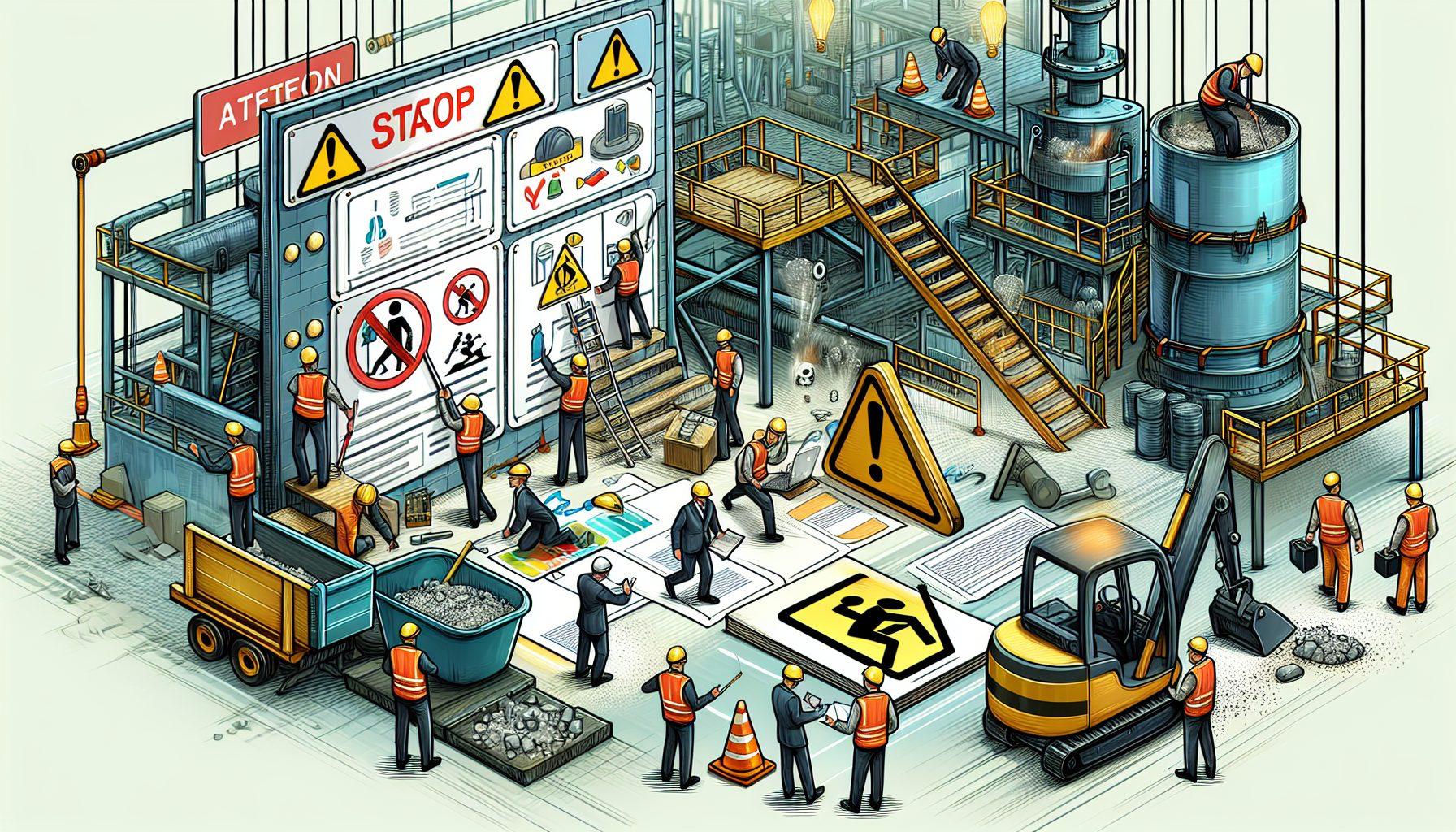When it comes to warehouse operations, safety should always be a top priority. Unfortunately, accidents can still happen despite the best precautions. In order to prevent future incidents and improve overall safety, it is crucial to conduct thorough accident investigations. A Post Incident Testing (PIT) accident investigation is a structured process that helps identify the root causes of accidents and develop effective strategies to prevent similar incidents from occurring in the future.
Why Conduct a PIT Accident Investigation?
A PIT accident investigation serves multiple purposes within a warehouse environment. Firstly, it helps provide a comprehensive understanding of the factors that contributed to an accident. By analyzing the sequence of events and identifying any underlying issues, warehouse managers can make informed decisions to mitigate risks and improve safety measures.
Secondly, a PIT accident investigation aids in compliance with industry regulations and legal requirements. By thoroughly investigating accidents, companies can demonstrate their commitment to maintaining a safe work environment, which strengthens their credibility and avoids potential penalties.
Finally, conducting a PIT accident investigation is an opportunity for continuous improvement. By identifying areas of weakness or potential improvement in warehouse operations, companies can implement changes and prevent future accidents, increasing productivity and efficiency.
Steps to Conduct a PIT Accident Investigation
Performing a PIT accident investigation involves following a structured approach. Here are the key steps to conduct a thorough investigation:
- Secure the Accident Scene: Safety should always come first. Make sure the accident scene is secure and free from any immediate hazards before beginning the investigation process.
- Gather Information: Collect as much relevant information as possible related to the accident. This may include witness statements, photographs, video footage, and documentation of any damaged equipment or property.
- Interview Witnesses: Speak with individuals who witnessed the accident to gather their firsthand accounts. Ask open-ended questions to encourage detailed responses and document their statements accurately.
- Analyze Data: Review all the collected information and analyze it to identify any patterns or trends. Look for common factors that may have contributed to the accident, such as improper training, equipment malfunctions, or unsafe work practices.
- Determine Root Causes: Identify the underlying causes that led to the accident. This may involve conducting a root cause analysis, which entails drilling down to the fundamental issues that allowed the incident to occur.
- Develop Corrective Actions: Once the root causes are identified, it’s important to develop specific corrective actions to address them. These actions should be practical, measurable, and aimed at preventing similar incidents in the future.
- Implement and Monitor: Put the corrective actions into practice and closely monitor their effectiveness. Regularly review and evaluate their impact on warehouse safety to ensure ongoing improvement.
The Role of Warehouse Optimization Solutions in Accident Investigations
Warehouse optimization solutions play a crucial role in facilitating efficient and effective accident investigations. These solutions encompass a range of technologies and methodologies that enhance safety, productivity, efficiency, and cost-effectiveness within warehouse operations.
By utilizing warehouse optimization solutions, such as automated data collection systems, real-time monitoring, and advanced analytics, companies can streamline the accident investigation process. These solutions enable the quick and accurate collection, analysis, and interpretation of data, providing valuable insights into the root causes of accidents.
Additionally, warehouse optimization solutions help identify potential risk areas and proactively address them before accidents occur. Through continuous monitoring and analysis of data, these solutions can detect patterns and trends that may indicate the potential for accidents, allowing warehouse managers to take preventive measures.
Considering warehouse safety evaluation services
To enhance safety and improve overall warehouse operations, it is advisable to consider a warehouse safety evaluation. This service helps identify potential risks, assess current safety measures, and provide recommendations for improvement. HCO Innovations, a prominent provider of warehouse optimization solutions, offers warehouse safety evaluation services.
Click here to learn more about warehouse safety evaluation services offered by HCO Innovations.
Conclusion
A PIT accident investigation is an essential process to improve safety standards within a warehouse environment. By following the steps outlined and utilizing warehouse optimization solutions, companies can identify the root causes of accidents and implement corrective actions to prevent future incidents. Prioritizing safety and continuously improving warehouse operations not only reduces the risk of accidents but also enhances productivity and efficiency. Conducting thorough accident investigations is a proactive approach towards creating a safe and productive work environment for all warehouse employees.

